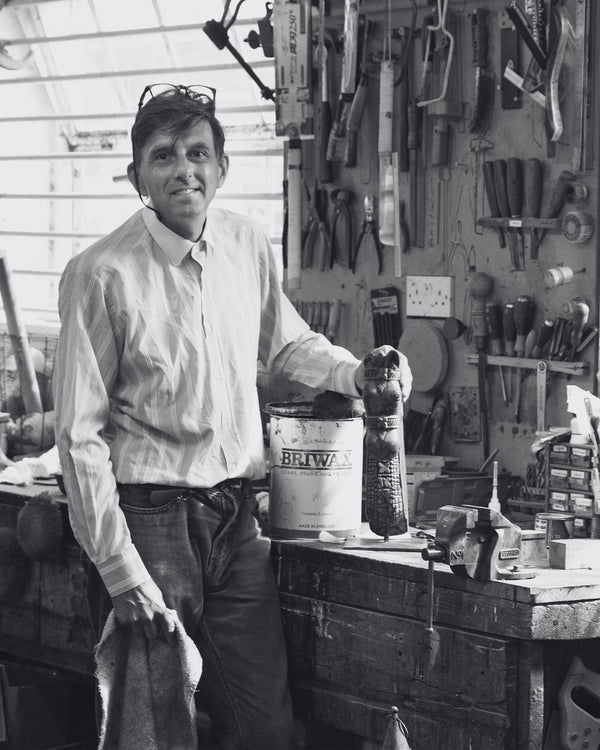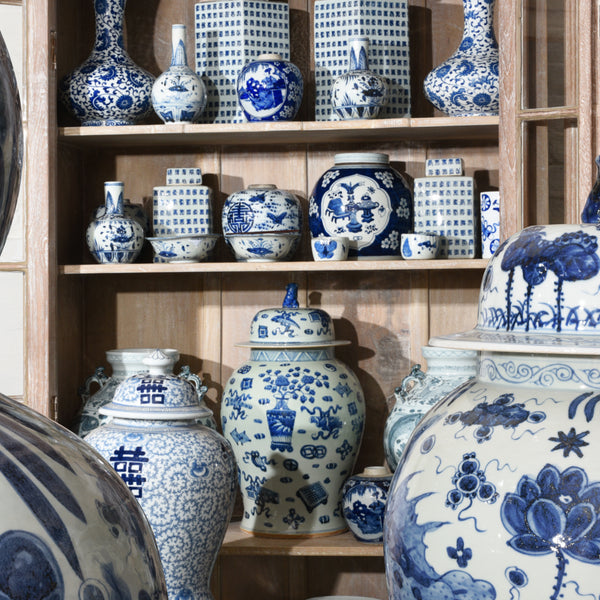Reverse Glass Painting of a Sikh Nobleman – Late 19th Century
- Dimensions:
- W40 x H54 cm
- Quality:
- Every piece restored & checked in UK
- £15 (2-5 days)
- Only 1 available – a unique piece
- Backordered, shipping soon
Looking for something similar? – Get in touch and we'll help you find the perfect piece.
A remarkable reverse glass painting depicting an armoured Sikh nobleman, most likely Maharajah Sher Singh or Rajah Lal Singh, shown brandishing a sword. Executed in gouache and gold on glass, the portrait captures the resolute dignity of the Sikh court during the final decades of the nineteenth century, its brilliance preserved through the luminous medium of glass.
This work draws inspiration from celebrated portraits such as Schoefft’s oil of Maharajah Sher Singh (1841–42) and Imam Bakhsh Lahori’s depiction of Rajah Lal Singh (c. 1845–46)—both showing their subjects in armour, sword raised, and cuirass emblazoned with a coat of arms. The artist of this later glass version transposed that imagery into the delicate reverse-painting technique, a practice prized across India for its jewel-like translucency and association with regal display.
- Origin: India
- Date: Late 19th Century
- Medium: Gouache and gold on glass (reverse-painted)
- Subject: Sikh nobleman, probably Maharajah Sher Singh or Rajah Lal Singh
- Technique: Reverse painting on glass — the image painted in reverse on the back of a glass sheet, viewed from the front through the glass surface
- Comparative Reference: Sotheby’s New York, Indian, Himalayan, Southeast Asian Art and Indian Miniatures, 20–21 Sept 1985, lot 466
- Auction Reference: Bonhams London, Islamic & Indian Art, 12 Nov 2025, Lot 230
- Dimensions: Width 40 × Height 54 cm (including frame)
This elegant example reflects both the courtly grandeur of Sikh portraiture and the cross-cultural artistry of reverse glass painting—an art form whose lineage reaches back to 18th-century Chinese “back-painting” admired by European travellers such as the Jesuit Amiot (1786). Originating from China’s inventive response to the challenges of the export trade with Europe, the technique found fertile ground in India, where painters adapted it to depict nobles, deities, and historic rulers in glowing, mirrored splendour.
Dimensions: Width 40 × Height 54 cm (including frame)
Gouache and gold on glass
India, late 19th Century
UK Delivery: £15 (2-5 days) by insured courier to ground floor. Typical lead time 1–2 weeks.
Returns: You can return items within 14 days of receipt for a refund (excluding delivery costs). Items must be returned in the same condition and suitably packed. To start a return, please contact us.
Free Delivery is for UK orders over £250. Use code DELIVERY at checkout






























